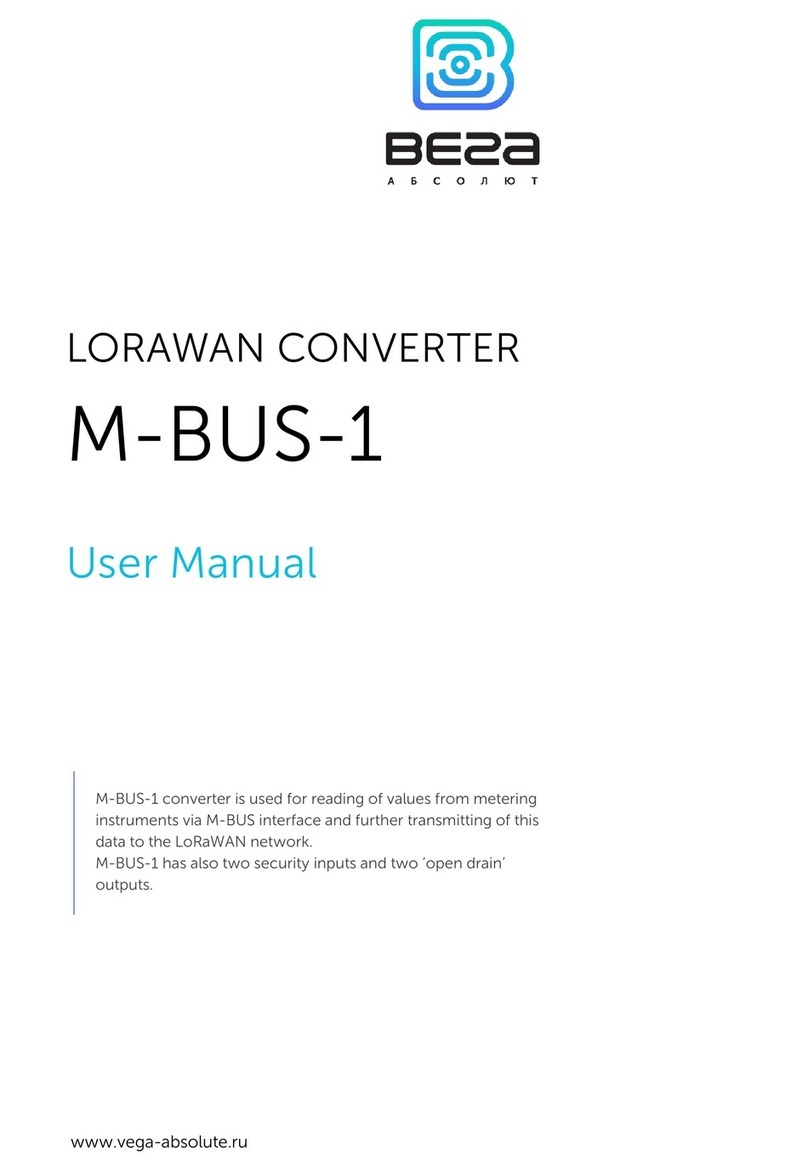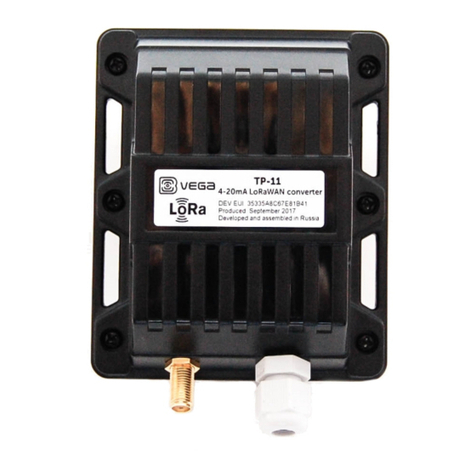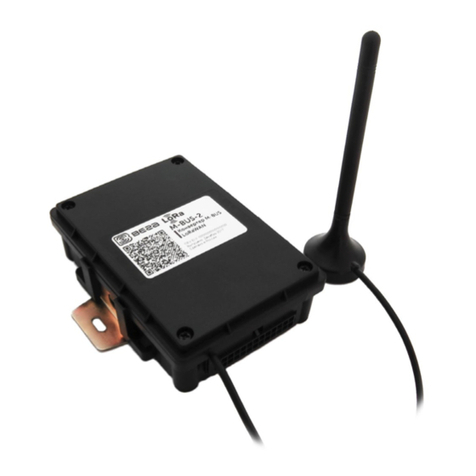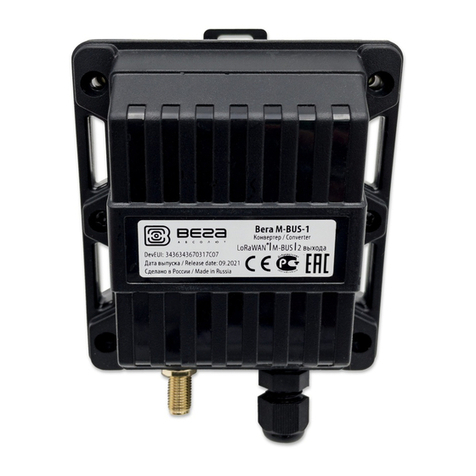
Vega TP-11 / User Manual
2 Revision 12 of 12 October 2021
CONTENTS
INTRODUCTION............................................................................................................................................................................3
1 DEVICE PURPOSE AND OPERATION PRINCIPAL.................................................................................................................4
Device purpose ..........................................................................................................................................................................4
Operation algorithm .................................................................................................................................................................4
Functional ...................................................................................................................................................................................6
Marking........................................................................................................................................................................................7
2 SPECIFICATION ..........................................................................................................................................................................8
Device specification..................................................................................................................................................................8
Default device settings .............................................................................................................................................................9
3 OPERATION...............................................................................................................................................................................10
Device Appearance .................................................................................................................................................................10
Contacts ....................................................................................................................................................................................12
Indication ..................................................................................................................................................................................14
Mounting Recomendations...................................................................................................................................................15
4 COMMUNICATION PROTOCOL – version 2.0 ..................................................................................................................17
Converter TP-11 transmits the following types of packets ............................................................................................17
1. Packet with current readings .........................................................................................................................................17
2. Packet with data about state changes of the outputs OUT_1 or OUT_2...............................................................18
3. Packet with time correction request.............................................................................................................................18
4. Settings packet..................................................................................................................................................................18
Converter TP-11 receives packets of the following types ..............................................................................................19
1. Query of readings log......................................................................................................................................................19
2. Output ON command .....................................................................................................................................................19
3. Output OFF command ....................................................................................................................................................19
4. Real-time clock adjustment ...........................................................................................................................................19
5. Packet with request of settings......................................................................................................................................20
6. Packet with settings .........................................................................................................................................................20
5 STORAGE AND TRANSPORTATION REQUIREMENTS ......................................................................................................22
6 CONTENT OF THE PACKAGE ................................................................................................................................................23
7 WARRANTY................................................................................................................................................................................24
































